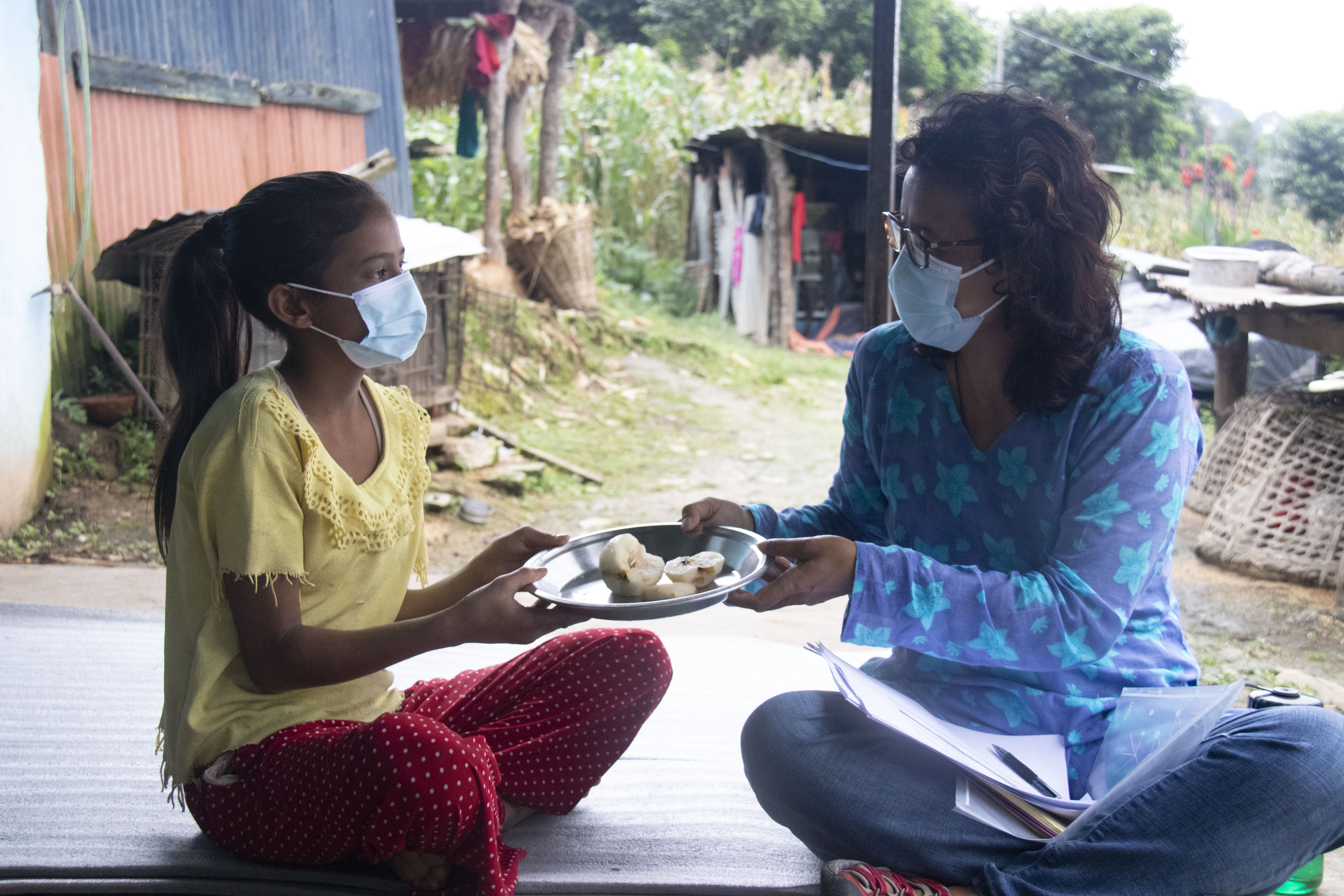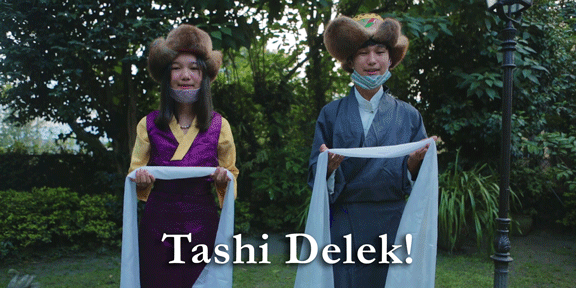How STOP Girl Trafficking started
In the 1990s, when stories began to emerge about the horrific trafficking of Nepali girls into Indian brothels, we started meeting with everyone who was involved in counter-trafficking in Nepal. Dr. Aruna Uprety immediately stood out as a visionary and a leader.
She had gone to the brothels in India where over 100,000 Nepali girls were trapped, hoping to persuade some to come home. To her surprise, they told her, “It’s too late for us. If we had known anything, if we had been able to go to school and learn, we would never have ended up here. Please, keep this from happening to other girls.”
The heartbreak of their situation pushed her to focus on prevention, breaking the cycle of trafficking from the start—then a revolutionary idea. When we first began working with Aruna and her RHEST team, she had 54 girls in school. Today we have grown STOP Girl Trafficking into a network that has saved thousands of young girls across Nepal.
Learn more: How STOP Girl Trafficking works
The changing face of trafficking

Twenty years ago, the most visible face of trafficking in Nepal was sex trafficking to brothels in India. Now, the Gulf countries, Africa and Tibet are also part of the cross-border picture. Trafficking is no longer just about the sex trade; it also includes unsafe labor migration, using social media to lure girls into fake “love” marriages, and bride trafficking to Korea and China. And there is more internal migration—much of it unsafe—of young girls to cities to work as housemaids for Nepal’s wealthy, where they are vulnerable to abuse. Our partner RHEST stays on top of this ever-moving target and adapts to meet new challenges.



